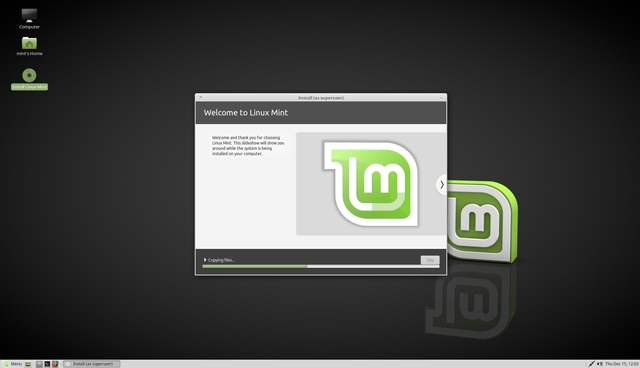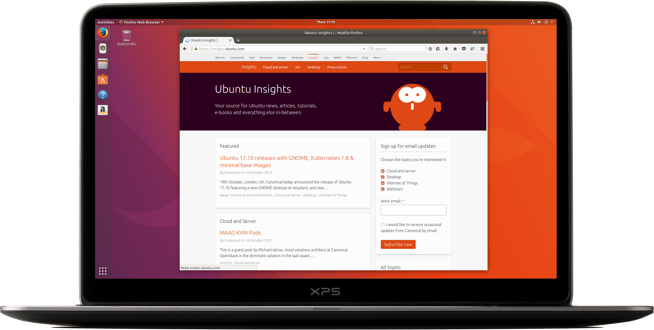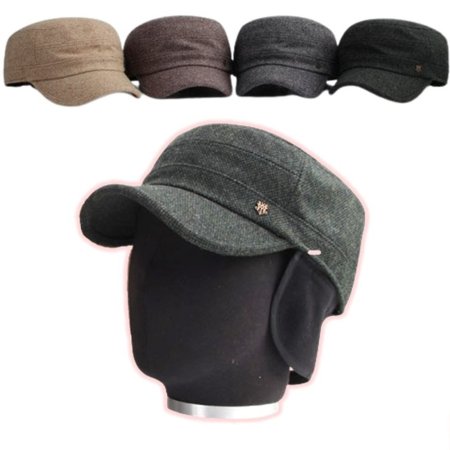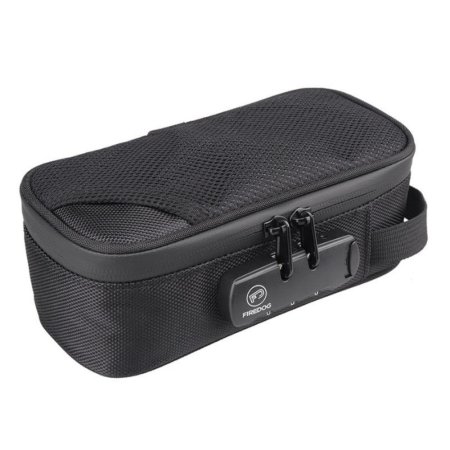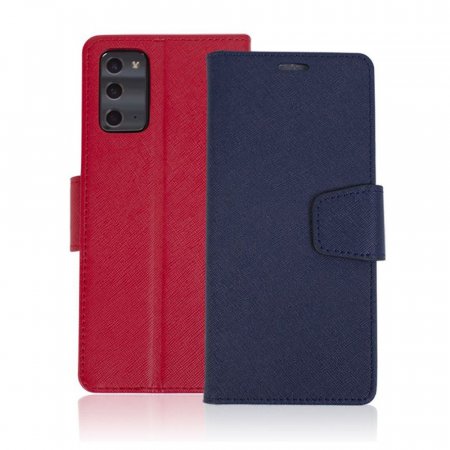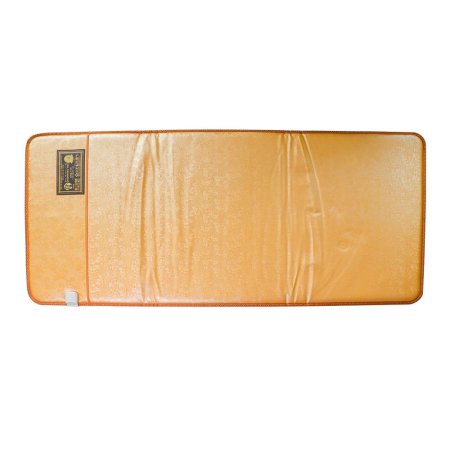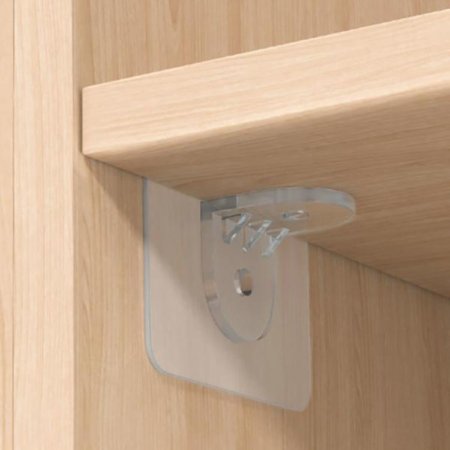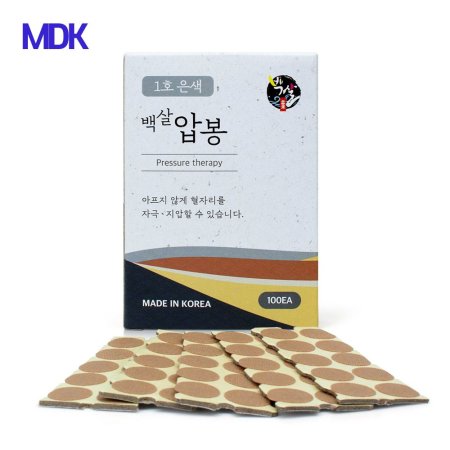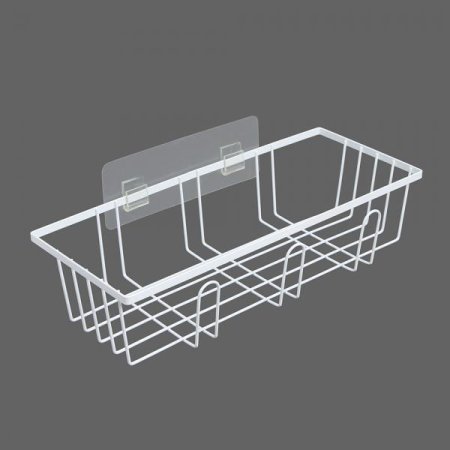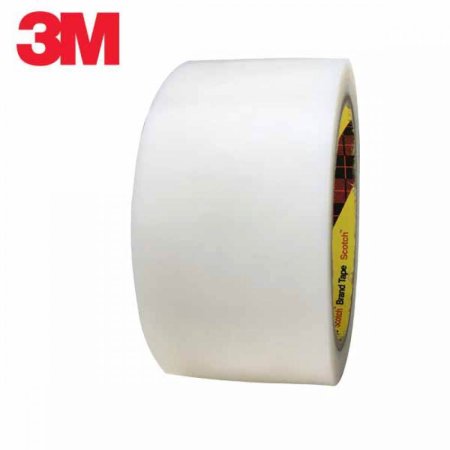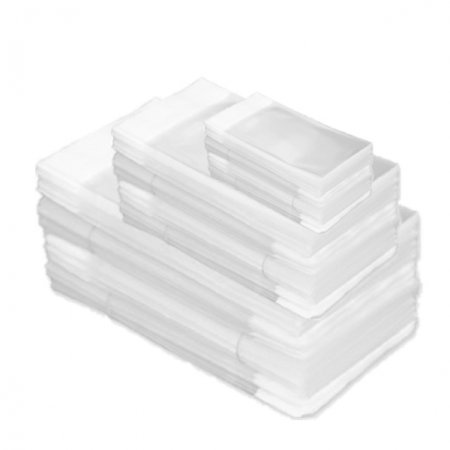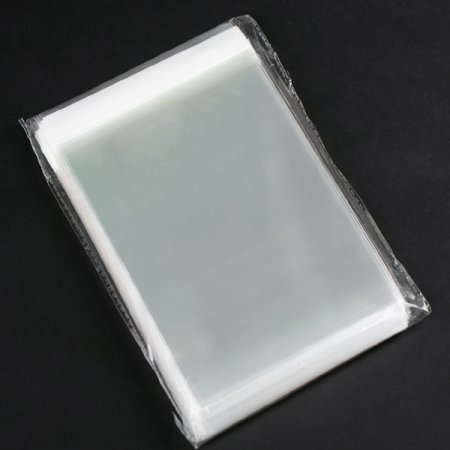 쓸만한 운영체제 목록
쓸만한 운영체제 목록
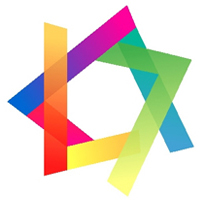
1. Linux Mint : https://www.linuxmint.com/
저사양 장비에 적합한 리눅스.
2. Ubuntu : https://www.ubuntu.com/
개인용 리눅스 시장에 혁신을 가져온 우분투. 데비안 계열 중 가장 유명.
3. Zorin OS : https://zorinos.com/
윈도와 가장 비슷하게 쓸 수 있는 우분투 계열 리눅스 배포판.
4. Robolinux : https://robolinux.org/
역시 윈도와 유사하게 쓸 수 있고 가상머신까지 제공하는 로보리눅스.
5. StartOS : http://www.startos.org/
이제는 중국인 개발자가 관리해서 첫화면이 중국어. 영문판도 있다고는 함.
6. Pinguy OS : http://pinguy-os.sourceforge.net/
리눅스 입문하는 사람한테는 매우 유용한 OS.
7. MEPIS : http://www.mepis.org/
8. Antergos : http://antergos.com/
9. Manjaro : https://manjaro.org/
10. PCLinuxOS : http://www.pclinuxos.com/
11. Edubuntu : http://www.edubuntu.org/
아동용 우분투.
12. Mageia
Forked from Mandrake (which was later renamed Mandriva), Mageia is a
community-driven Linux distribution with a good reputation for being
beginner-friendly. Because it's updated very frequently, it tends to
include more recent versions of software packages, and it has excellent
support for several different languages.
13. OpenMandriva
Like Mageia, OpenMandriva is a community-managed Linux distribution
based on Mandrake/Mandriva. It attempts to be simple and straightforward
enough for new users but also to offer the breadth and depth of
capabilities demanded by advanced users.
14. Kubuntu
Kubuntu's goal is to "make your PC friendly," and it's fairly easy for
new Linux users to figure out. It combines Ubuntu and the KDE desktop
and includes plenty of built-in software, like a web browser, an office
suite, media apps and more.
15. Netrunner
Netrunner is based on Kubuntu, plus some interface modifications to make
it even more user friendly and some extra codecs to make it easier to
play media files. The project also offers a second version of the same
OS based on Manjaro.
16. Kwheezy
Kwheezy is based on Debian, which is popular with advanced Linux users,
but it's designed to be more accessible for Linux newcomers. It comes
"with all the applications, plugins, fonts and drivers that you need for
daily use, and some more," and it uses the intuitive KDE desktop.
17. Point Linux
Also based on Debian, Point Linux uses the Mate desktop, which should
feel comfortable to most Windows XP users. It aims to be a "fast, stable
and predictable" desktop operating system.
18. Korora
Based on Fedora, Korara "aims to make Linux easier for new users, while
still being useful for experts" with an operating systems that "just
works." Several different desktops are available, so users can choose
the interface that seems the most comfortable and familiar.
19. Ultimate Edition
This Ubuntu remix aims to provide the "ultimate" computing experience.
It offers an intuitive interface for newbies and improves on Ubuntu's
software management and wireless capabilities.
20. Sabayon
This Linux distribution focuses on providing an excellent "out of the
box" user experience where everything "just works." At the same time, it
attempts to incorporate the latest releases of open source software. And
in case you were wondering, the name comes from an Italian dessert.
21. Trisquel
Trisquel is a Ubuntu-based Linux distribution aimed at home users, small
enterprises and schools. The interface resembles the traditional Windows
look and feels very similar to XP or Windows 7.
22. Knoppix
If you just want to give Linux a try without installing anything on your
hard drive, Knoppix runs from a Live CD. You can download the code and
create your own CD or order a very inexpensive pre-made CD from any one
of a variety of vendors.
Lightweight Operating Systems
23. Lubuntu
If you have an older system that doesn't meet the system requirements
for Windows 7 or 8, Lubuntu might be a good option for you. It's a
lightweight version of Ubuntu that's very fast and energy efficient, and
it's a particularly good choice for underpowered Windows XP laptops.
24. LXLE
This variation on Lubuntu was specifically designed to help users give
new life to older PCs. It has four different desktop paradigms
(basically different looks), including one that mimics Windows XP. Users
who have grown tired of XP's long boot times will also appreciate the
fact that LXLE boots in less than a minute on most systems.
25. Peppermint
Also based on Lubuntu, Peppermint prides itself on "welcoming new Linux
users." It's extremely fast and takes a web-centric approach to computing.
26. Xubuntu
Like Lubuntu, Xubuntu is a lightweight version of Ubuntu. It uses the
Xfce interface, which is clean, modern and easy to use. It also runs
well on older hardware.
27. Elementary OS
According to Distrowatch, Elementary is among the ten most popular Linux
distributions. It's very lightweight and fast, and the interface, while
more similar to OS X than Windows XP, is highly intuitive.
28. Joli OS
This cloud computing-focused OS aims to "bring your old computers back
to life." You can also install it alongside Windows with the option of
selecting an OS on startup. It works with the Jolicloud service that
stores your files in the cloud.
29. Puppy
Puppy is super small?just 85 MB?so that is usually loads into RAM on
most systems and runs incredibly fast, even on older systems that might
have been running Windows XP. Despite its small size, it includes a full
graphic interface designed for new Linux users.
30. CrunchBang
Because it's fairly lightweight, CrunchBang (sometimes written #!) is a
good option for older or underpowered systems that might be running
Windows XP. It's based on Debian but uses the OpenBox window manager,
which will feel familiar to Windows users.
31. Simplicity
Simplicity is based on Puppy Linux and offers a slightly different look
and feel. It comes in four different flavors: Obsidian and Netbook are
lightweight versions suitable for older systems, Media is built for PCs
that are used as media centers, and Desktop is the standard,
full-featured version.
32. Bodhi Linux
Another lightweight variation of Ubuntu, Bodhi is a true minimalist
distribution that installs only a few pieces of software by default.
That makes it great for users with older hardware or users who want to
have a lot of say in which applications are installed; however, it might
not be as good for new users who don't have familiarity with open source
applications.
33. Linux Lite
As its name implies, this is another lightweight Linux distribution. Its
website states, "The goal of Linux Lite is to introduce Windows users to
an intuitively simple, alternative operating system. Linux Lite is a
showcase for just how easy it can be to use linux."
34. Tiny Core Linux
If you have a really, really old or underpowered system, you may want to
take a look at Tiny Core Linux. It weighs in at just 12MB but still
offers a graphical interface, but doesn't include a lot of hardware
support or applications. It's highly customizable, however, so users can
easily add in just what they need while keeping the OS footprint small.
35. AntiX
Designed specifically for older systems, AntiX claims it can even run on
old 64 MB Pentium II 266 systems. It comes in full, base and core
distributions, with full being the best option for Linux newcomers.
36. Damn Small Linux (DSL)
Just 50MB in size, DSL can run on old 486 PCs or can run within RAM on
newer PCs with at least 128 MB of memory. It comes with a surprising
number of applications built in, and it can also run from a live CD or
USB thumb drive.
37. Nanolinux
In the race to create the smallest distribution of Linux, Nanolinux
comes near the top of the list. Although it's only 14 MB in size, it
includes a browser, text editor, spreadsheet, personal information
manager, music player, calculator, some games and a few other programs.
However, it's not as newbie-friendly as some of the other distributions
on our list.
38. VectorLinux
The self-proclaimed "best little Linux operating system available
anywhere," lightweight VectorLinux aims to be very fast and very stable.
It includes tools that will be popular with advanced users but it also
has an easy-to-use graphic interface for newbies.
39. ZenWalk
Formerly known as "Minislack," ZenWalk is a lightweight distribution
that focuses on fast performance and support for multimedia. It includes
some special features that appeal to programmers, and the desktop
version can also be tweaked to function as a server. Note that the
website is organized like a forum, so it can be a little tricky to navigate.
40. Salix OS
According to the Salix website, "Like a bonsai, Salix is small, light
and the product of infinite care." It's based on Slackware, but it's
simplicity makes it more accessible for Windows users.
Business-Friendly Operating Systems
41. Red Hat Enterprise Linux
Red Hat is probably the most well-known enterprise-focused Linux
distribution. It comes in both desktop and server versions. However,
unlike many other Linux distributions, you'll need to pay for a support
subscription in order to use it.
42. Fedora
If you like Red Hat but don't want to pay for support, check out Fedora,
which is the free, community version of Red Hat. It comes in different
"spins"?versions that are tailored to particular uses like science,
security and design.
43. CentOS
This "Community ENTerprise Operating System" is another free version of
Red Hat. It aims to be highly stable and manageable to meet the needs of
business users without requiring that they purchase support.
44. SUSE
Used by more than 13,000 businesses around the world, SUSE counts the
London Stock Exchange, Office Depot and Walgreens among its users. The
website primarily emphasizes the server versions, but it does also come
in a desktop version. Like Red Hat, it requires a paid support subscription.
45. openSUSE
OpenSUSE is the free, community edition of SUSE for those who don't want
to purchase support. It comes in both desktop and server versions and
aims to meet the needs of both beginners and advanced users.
Non-Linux Operating Systems
46. Chromium
Chromium is the open source project behind Google's Chrome OS?the
operating system used on Chromebook devices. It's best for users who use
Google's cloud services heavily. Less technical users may find it
challenging to install Chromium on a former Windows XP machine.
47. PC-BSD
Users interested in trying a desktop operating system that isn't based
on Linux can also check out PC-BSD. It's based on FreeBSD, which is
known for its stability, and emphasizes user-friendliness. Older
versions supported the KDE desktop only, but the latest update allows
users to select their choice of desktop interface.
48. ReactOS
Unlike most of the other operating systems on this list, ReactOS isn't a
version of Linux or BSD; instead, it's a completely new free OS designed
to be Windows-compatible. At this point, it's still an alpha release,
but it shows promise.

